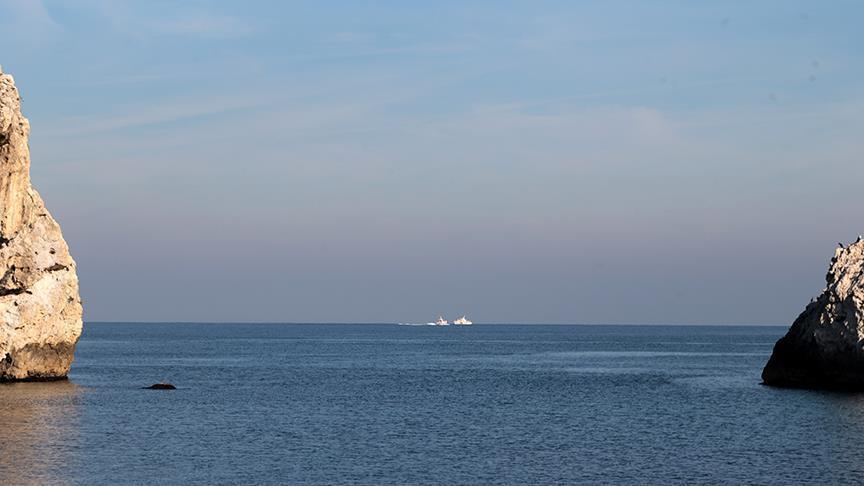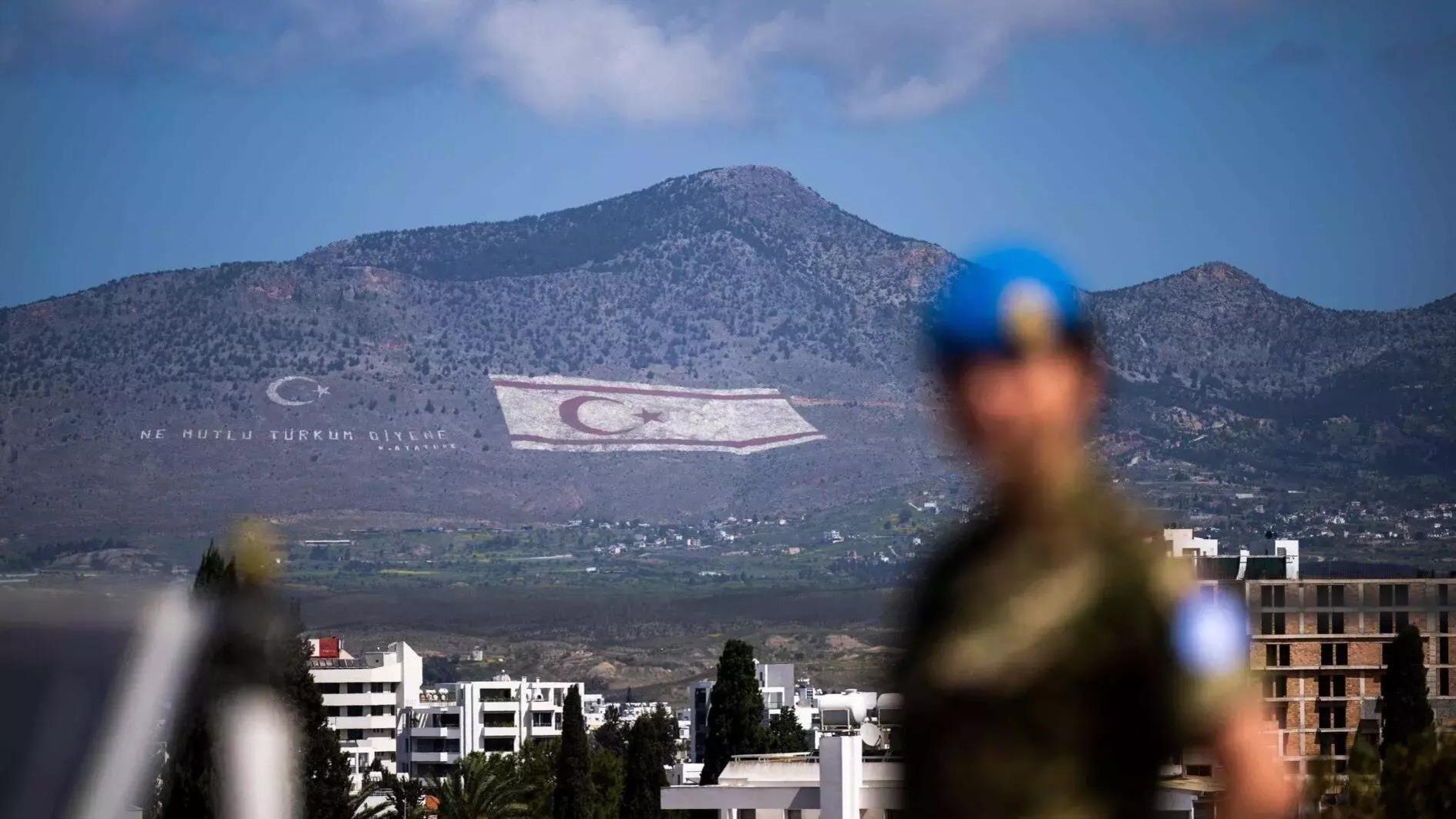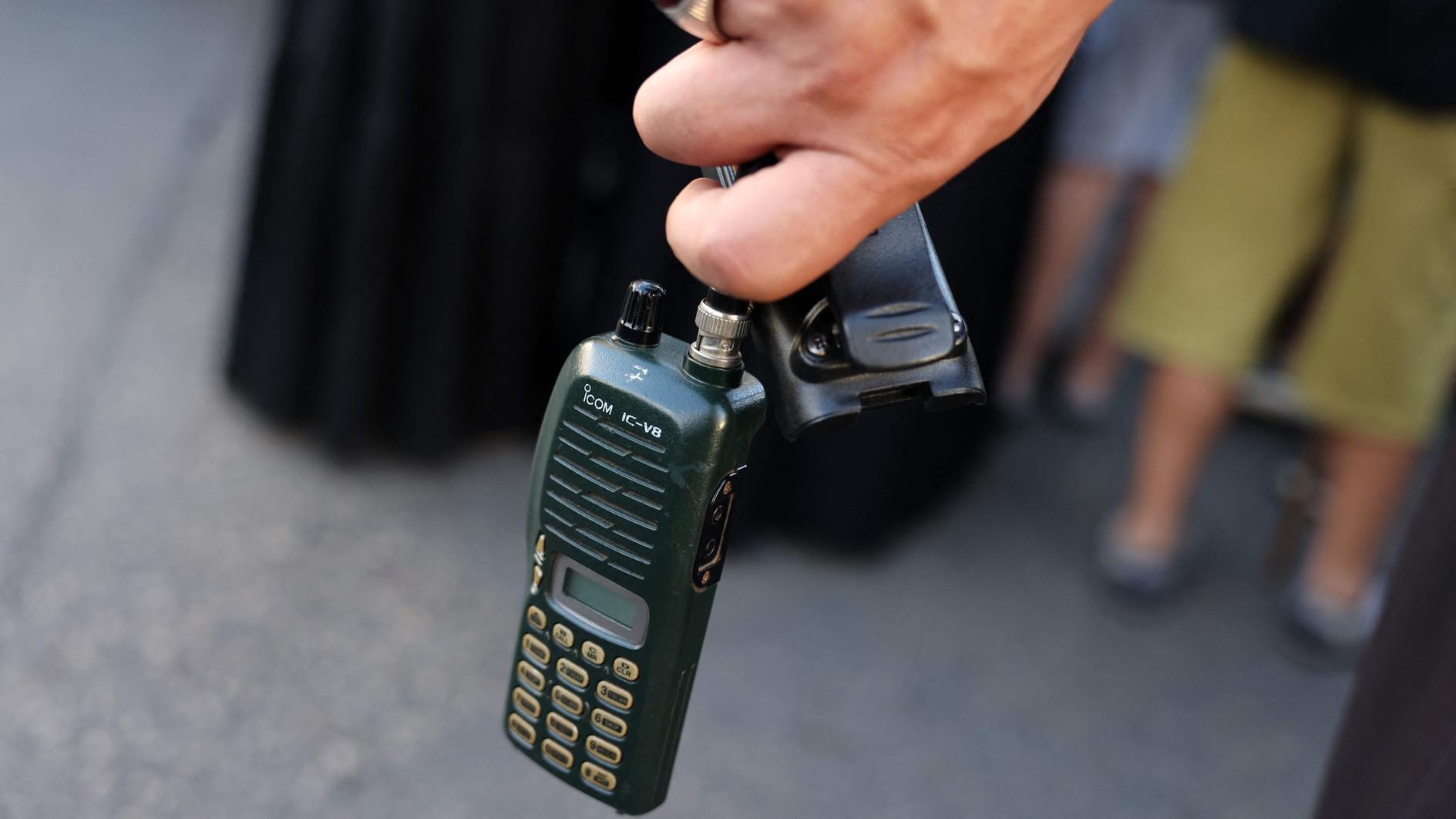Meerschaum may come to an end with lower demand
ESKİŞEHİR - Anadolu Agency
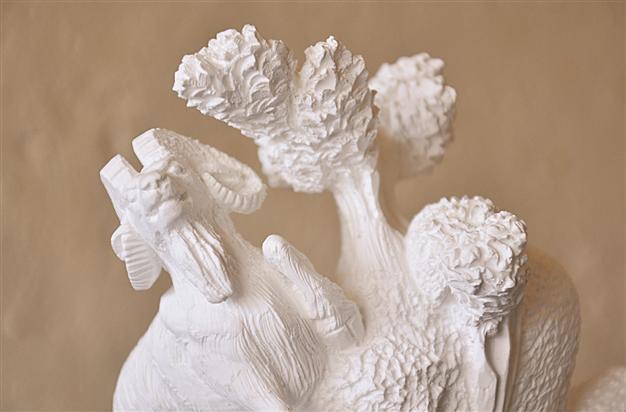
Meerschaum is found in nodule shape 40 to 380 meters below the ground and is extracted by human force alone. Then it is processed for decoration.
Miners working in the Central Anatolian province of Eskişehir’s Sarısu mine, which is home to some of the world’s highest-quality meerschaum, are complaining about the lack of interest in the famous white stone.The highest-quality meerschaum in the world is here. But there won’t be meerschaum workers in the future because young people do not want to work in mines,” said Satılmış Kuşçu, one of the workers in the Sarısu mine.
Meerschaum is extracted from some regions in the United States, France, the Czech Republic, Spain and Morocco, as well as from Sarısu. It is found in nodule shape 40 to 380 meters below the ground and is extracted by human force alone.
Last generation of miners
Kuşçu said he had been working in meerschaum mines for 30 years and that he had had an interest in the stone since he was a primary school child. “I make a living from meerschaum. I extract it from the ground and also process it. We are struggling against rocks in mines, which is very hard. But it is easy for us since we have been doing it for years. We dig a four-to-five-meter-deep mine in two days. It is very exciting to work here. Sometimes we cannot find stones for months. We make good profits when we find the source of meerschaum. A stone underground becomes a value in the world with us,” he said.
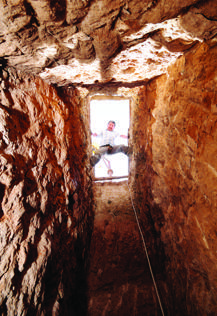 Another miner, Aslan Kuşçu, who began working as a meerschaum miner after working in Germany for 15 years, said he learned the trade from older people in his family.
Another miner, Aslan Kuşçu, who began working as a meerschaum miner after working in Germany for 15 years, said he learned the trade from older people in his family. “It is a habit from my ancestors to work in meerschaum mines,” he said. “We make a living the hard way. We are the last generation of miners. I descended into a 35-to-40-meter-deep meerschaum mine when I was 12. Then I could not give it up. We cannot get our labor’s worth, but we are working for the continuation of this job. We are working here three or four hours a day. We arrive here at 11 a.m. in the morning, eat our food here and leave the mine at 4 p.m.”
Meerschaum miner Ramazan Karaca said he had been dealing with meerschaum since the 1970s and that he sometimes descended into the mine.
Karaca noted, however, that it was becoming somewhat more difficult to locate the stone.
“We cannot find meerschaum as we did in the past. The reason is that the young generation does not go down to the mines. The interest in this stone has decreased,” he said.


